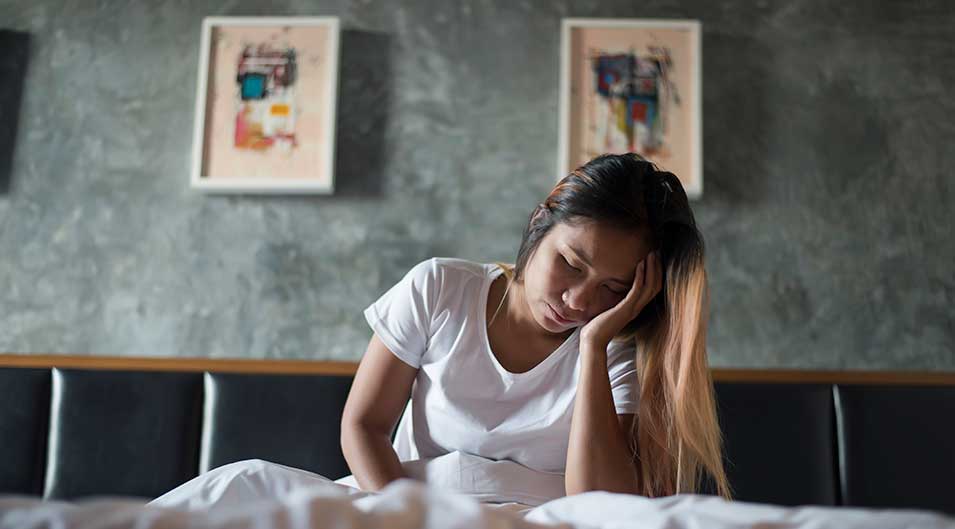Estrogen Decline After Menopause

You would think that after dealing with a monthly cycle and PMS every month of your adult life, menopause would provide some comfort. But, conversely, you exchange your previous health issues for new ones. Unfortunately, the negative impacts on your health do not go away with your reproductive system.
If you seek someone to blame for these unwanted new health concerns, you undoubtedly already know who is responsible. Yes, you’re right, hormones! and most specifically estrogen hormone.
However, before we proceed with our concern, some preliminary information is essential.
What is menopause, and why does it happen?
Menopause is a phase of life in which you no longer get your monthly period. It is a natural component of the aging process and signifies the end of your reproductive years. Menopause generally arrives between the ages of 40 and 50.
As you become older, your reproductive cycle slows down and eventually stops. Since puberty, this cycle has been in operation. As menopause approaches, the ovaries produce less estrogen. When this happens, your menstrual cycle begins to alter. It may grow inconsistent and then eventually stop. Physical changes might also occur when your body reacts to various hormonal changes.
What are the hormonal changes during menopause?
The classic menopausal changes take place when the ovaries no longer generate high amounts of hormones. The reproductive glands that store eggs and release them into the fallopian tubes are known as the ovaries. In addition to testosterone, they generate the feminine hormones estrogen and progesterone. Estrogen and progesterone work together to regulate menstruation. Estrogen is the most critical hormone of the reproductive cycle having many effects on the female body.
Estrogen and its Role
Estrogen is a hormone generated in the ovaries that are commonly linked to the female reproductive system. Estrogen is classified as a sex hormone since it governs female sexual development.
Estrogen’s primary functions include initiating changes in breast tissue throughout adolescence and pregnancy, controlling menstrual cycles, regulating bodyweight by monitoring metabolism, being involved in the development and growth of healthy bone tissue by attempting to prevent bone loss, and promoting calcium absorption and retention. Estrogen may also play a role in promoting healthy cardiovascular functioning.
What Happens When Estrogen Declines?
The most recurrent symptoms of inadequate estrogen are hot flashes, flushes, and night sweats. In addition, blood surges to the surface of your skin at times. Another side effect of low estrogen is mood swings, which means you might feel depressed, worried, or annoyed.
Moreover, changes in hormone levels and night sweats may cause sleep disruption, leading to tiredness, which further exacerbates mood swings.
The decline in estrogen may also lead to tissue thinning, resulting in skin seeming wrinkled. Urinary tract thinning can result in bladder infections. Also, dryness and unpleasant intercourse may result from vaginal thinning.
Osteoporosis is one of the most severe health concerns associated with decreased estrogen levels. Estrogen promotes bone health by limiting calcium loss. Calcium deficiency can raise the risk of fractures in the spine, hips, leg, and arm bones.
Furthermore, estrogen produced by the body appears to protect against heart disease. It may accomplish this by increasing the amount of HDL (good) cholesterol in the blood. Hence, the risk of heart disease skyrockets after menopause.
How to Deal with Low Estrogen?
Changes in lifestyle and a balanced diet may help you manage estrogen decline and its consequences. Bioidentical Hormone Replacement Therapy (BHRT) can also be very beneficial. BHRT is a hormone replacement therapy that substitutes hormones that your body no longer generates. As a result, it alleviates some menopausal symptoms associated with low hormone levels. In certain women, BHRT may also help prevent osteoporosis.

